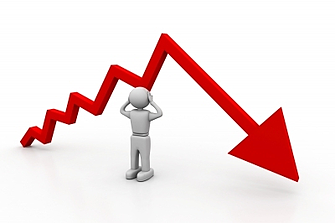Let me get straight to the point on this one. Why do so many FMCG mergers or acquisitions frequently result in the apparent death-knell of once proud and promising brands? I am not going to name any names but if you think about it there have been some real clangers dropped by blue-chip FMCG giants.
Purchased companies or individual brands are usually already reasonably successful in order to attract new owners. Yes, sometimes companies will divest weaker brands or brands no longer core to their portfolios but you will struggle to sell a clearly decaying brand name. A real hospital pass if ever there was a branded one.
I am studying such a case in Europe at the moment where the FMCG brand acquisition is about 12 months old so plenty of time for smooth integration or so you would think. Marketing activity has not changed and I am also assured above and below the line advertising spend has been maintained at pre-acquisition levels. That in itself is unusual as sellers usually spend big to make a brand more attractive at sale time.
So why does an apparently attractive acquisition fail so quickly? Nothing at all to do with marketing or finance but everything to do with the extended Supply Chain. Just to be clear here I do not consider the Supply Chain to end at the distributor’s warehouse in Traditional Trade markets you commonly find in CEE, Africa and the Middle East. You need Supply Chain skills to get products on to shop shelves and then keep them replenished. With due respect to salesman and women, they are trained to sell.
 The newly acquired brand that was purchased with buoyant sales and a high profile has been dragged down to the level of the existing brands by inadequate Supply Chain and Route To Market (RTM) operations. Frankly, it did not stand a chance and it is no wonder the company wanted to buy a top selling brand when their own were performing so badly. However, the reasons for failure were all in-house as the once top selling brand plunged the depths.
The newly acquired brand that was purchased with buoyant sales and a high profile has been dragged down to the level of the existing brands by inadequate Supply Chain and Route To Market (RTM) operations. Frankly, it did not stand a chance and it is no wonder the company wanted to buy a top selling brand when their own were performing so badly. However, the reasons for failure were all in-house as the once top selling brand plunged the depths.
There was no formal Supply Chain department with planning, logistics and customer service roles scattered around in Finance and Sales departments. There was no focus and no single person to co-ordinate and run a functioning Supply Chain. Forecasting accuracy; what’s that? Stock cover; no idea. S&OP; forget it Customer service; no!
Couple that level of disorganisation with a bonus-centric, forecast averse sales force trying to run the distribution chain through to the TT shop shelf and it is no wonder all the presentation arrows were red and pointing south.
Image courtesy of renjith krishnan at freedigitalphotos.net







